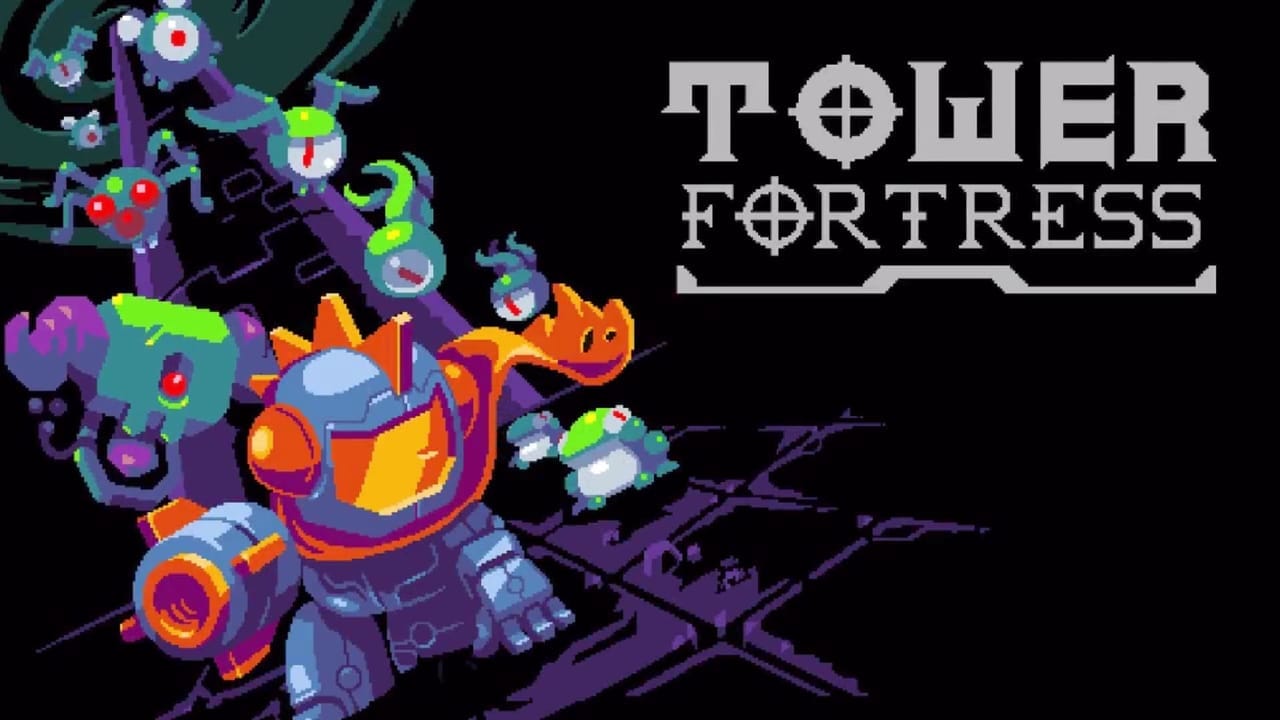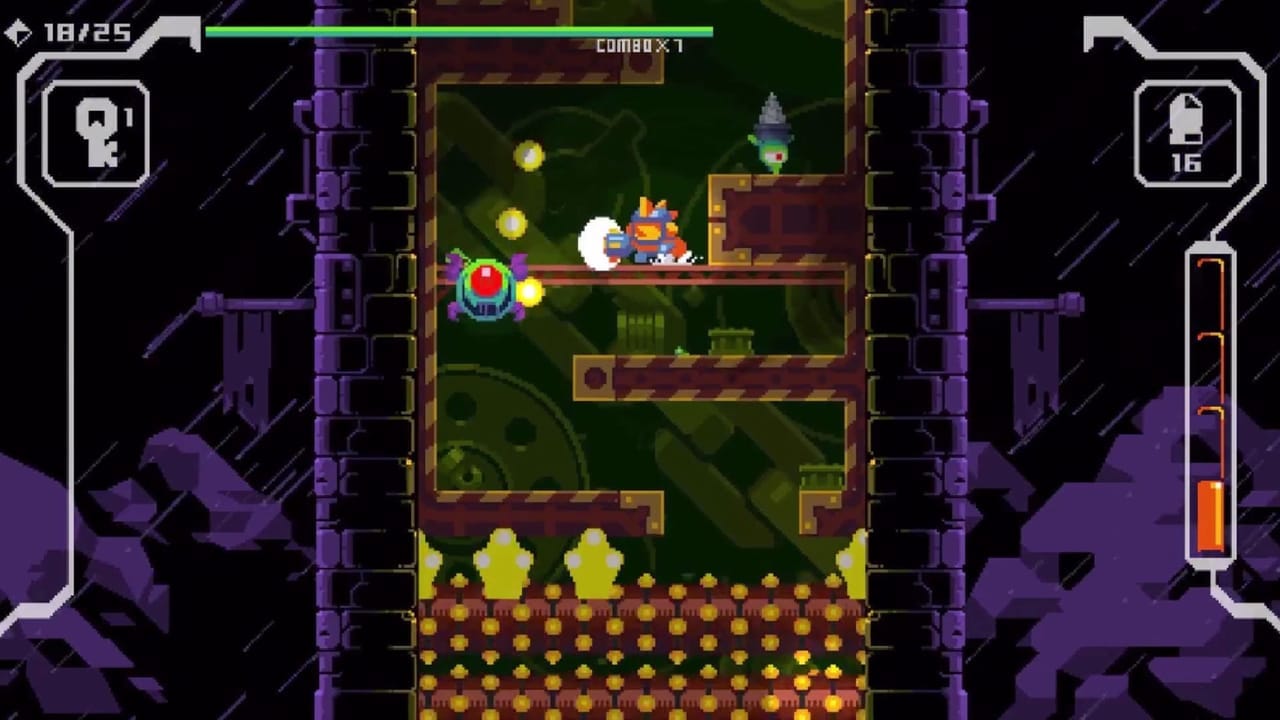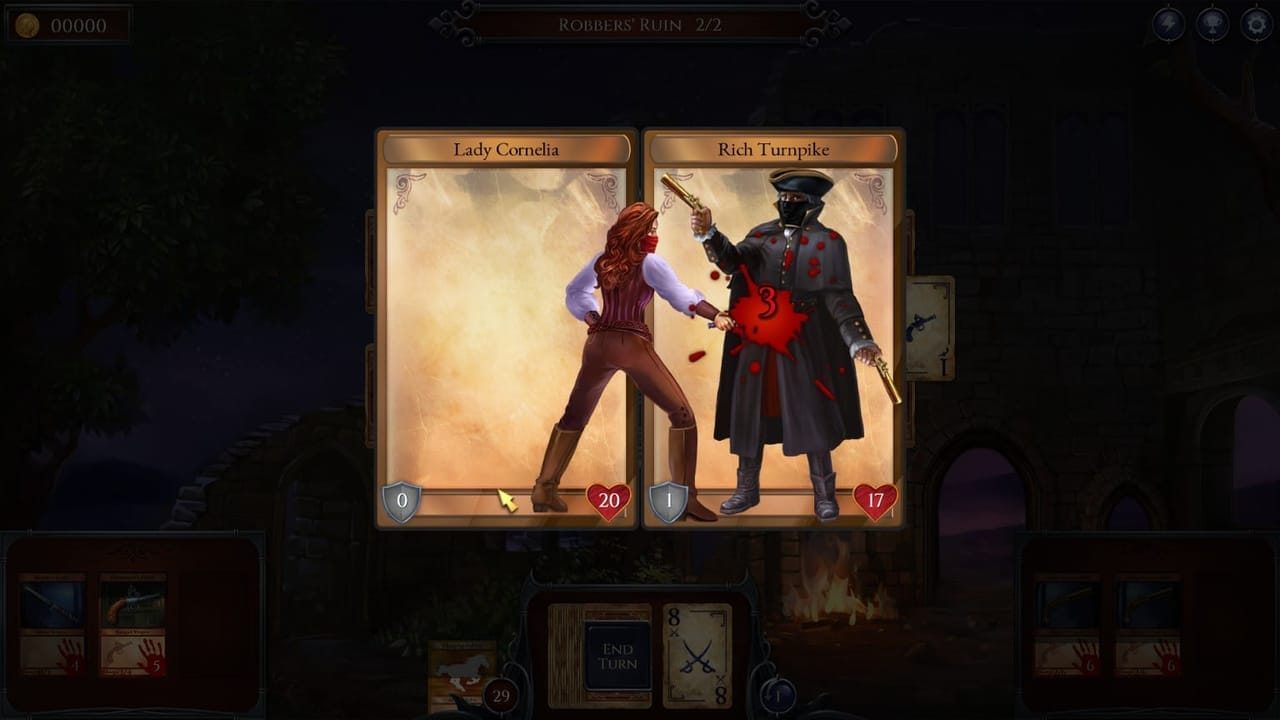Welcome to Coverage Club, the weekly series where we shift our critical eye towards smaller games that deserve some attention. Each week, our review editors select two titles and provide honest first impressions in the style of our full reviews. Games can range from brand new titles hitting Early Access to older hidden gems that never got their due. No matter your preferences, you’re sure to find something off the beaten path here. This week, Alex climbs another procedural tower in Tower Fortress. After that, Sam robs the rich and gives to the poor in Shadowhand.
Tower Fortress
Covered by Alex Santa Maria

Considering the sheer volume of Steam games on the market, it’s understandable that some players may want to avoid experiences that weren’t born and bred on the PC. A lot of games are ported to Steam from other platforms, and a good chunk of those are handled with the care of a toddler putting toys away. Tower Fortress isn’t one of those ports, bringing a striking style and clever gameplay hooks that will let it stand out on phones. However, those same traits make it falter on the big screen and really help to define the divide between mobile and PC.
Tower Fortress is a roguelike action game, playing like a reverse Downwell. You are cast as a laser cannon sporting knight who’s looking to climb a tower. In his path are all manner of bats, spiders, and green slimes, as well as some roving sawblades for good measure. Thankfully, our hero can spin jump just like the blue blur, letting him bounce from enemy to enemy as he makes his ascent.
When you don’t want to crush enemies via bounce, you can use a wide assortment of different laser shots. There are boomerangs, spread shots, rubber bullets, and flamethrowers at your disposal, all randomly scattered about in treasure chests. Sadly, you can only carry one weapon at a time and they all have ammo, so there’s less strategy to the combat than there could be.
The levels are procedurally generated, and that’s where the problems begin. I’m not sure if I should blame the way levels are built or the cramped playing space brought on by a phone-like aspect ratio, but I don’t feel in control of my character in Tower Fortress. Even in the early levels, it seems impossible to avoid taking random damage from particularly hard level segments. Conquering these sequences doesn’t feel rewarding, and deaths seem to come quickly and without warning.

Considering that roguelikes need to make players enjoy dying, this isn’t an ideal situation. You unlock new suits of armor that give you slightly different abilities as you continue to play, but these feel like sidegrades at best. I never felt like I was gaining forward momentum as I played over and over. Any progress I made felt like luck rather than skill, and I was just as likely to stumble into an unavoidable death moments after a victory.
This is all hard to say because Tower Fortress has a lot going for it outside of the gameplay department. Sprites look nice and colorful, controls are as tight as they can be in these awkward levels, and each new weapons makes a satisfyingly tinny sound. You can see why a game like this would do well on phones, as there was a lot of work done to make it stand out amidst the flash animation and low effort strategy offerings.
Sadly, all the shine in the world can’t really bring Tower Fortress to notability on PC. It’s not a horrible game by any stretch, but it’s an awkward collection of ideas that stumbles in a genre with a lot of competition. Bringing comparisons to Downwell via in-game visual filters doesn’t help it any either. I wasn’t great at that game, but I always felt responsible for my little man’s inevitable downfall. In Tower Fortress, the outcome is just too random, and that makes everything meaningless.
Tower Fortress was played on PC via Steam with a code provided by the publisher. It is also available on iOS and Android.
Shadowhand
Covered by Samuel Guglielmo

I’ve always enjoyed a good chance-based RPG. Something like Puzzle Quest has always, in a weird way, managed to catch my fancy and keep me addicted. So when Shadowhand showed up I knew right away that the game was perfect for me. A weird combination of turn-based combat and solitaire, does this work or should they be kept separate?
You play as Lady Cornelia Darkmoor, a proper noblewoman in 18th century England. On her way to a party with her best friend, her coach is held up by highwaymen, her driver is killed, and her best friend goes missing. So Cornelia takes the guise of Shadowhand, highwaywoman vigilante who seeks to find her missing friend. Simple, but the plot is effective enough at keeping me entertained during my time playing it. I was able to easily follow the story with enough interest that I’d like to see how it turns out.
Shadowhand is broken into chapters, which are then broken into smaller levels. With 22 chapters broken into anywhere from three to eight levels, there’s a good chunk of content here. Each level comes in one of two forms. The more common of the two is just a regular game Shadowhand’s solitaire. You’ll draw a card from your deck that has one of 10 numbers on it. You can use this card to pull any other card off the field so long as it is one number higher or lower than the one in your hand. From here you keep going until you’ve either cleared every card from the field or run out of cards in your hand.

Naturally, it doesn’t remain that simple. As you play more elements are introduced. You’ll find keys to unlock new cards on the board, lanterns to light up dark areas, and cards that need to have their masks broken before you can clear them. Thankfully you have a major advantage in being able to earn skills that you can use to help you out. If I didn’t see any cards I liked, for example, I could use Fox’s Cunning skill to change one card into something more useful. It’s a really fun loop that I found myself genuinely excited to keep playing.
It’s not all peaceful solitaire though, and eventually, you’ll have to partake in fights. You’ll earn weapons for your characters that can be equipped on your right and left hands, plus over time you’ll accumulate consumable items. Each time you successfully take a card off the field you’ll slowly charge your weapons. Once charged, you can use them on your opponents.
Combat is actually surprisingly delightful if a little too luck based at times. I had fun setting up long combos and trying to work the board to my advantage against an opponent, and it moved quickly enough that I rarely felt like I was wasting time. The only issues came about when there were only a couple playable cards and I was stuck just pulling cards from my hand until I got one that worked. Annoying? Yeah. But it doesn’t happen often enough to be a big deal.
When I had played enough of Shadowhand to feel comfortable writing about it I figured about two hours had passed. Turns out I’d put six hours into the game instead. That’s a good sign. Some super fun, relaxing, casual solitaire is a great way to wind down the day. Getting to stab a highwayman in the process makes it better.
Shadowhand was played on PC via Steam using a copy provided by the developers. It is also available DRM-Free via GOG.
What do you think of this week’s Coverage Club selections? Do you know of an overlooked game that deserves another chance? Let us know in the comments below, and don’t forget to follow our Steam Curator to keep up to date with all our reviews.
Have a tip, or want to point out something we missed? Leave a Comment or e-mail us at tips@techraptor.net






